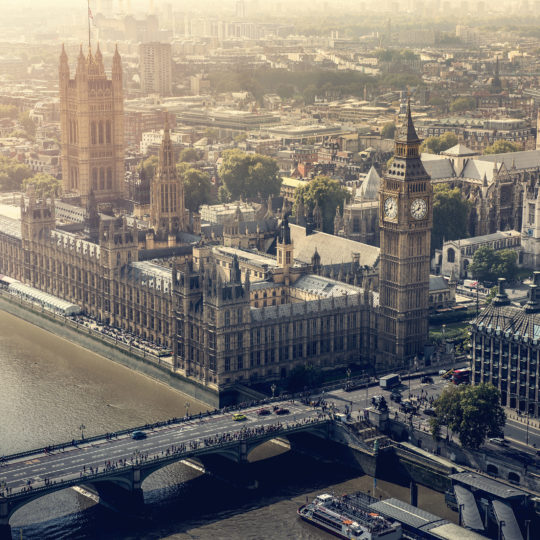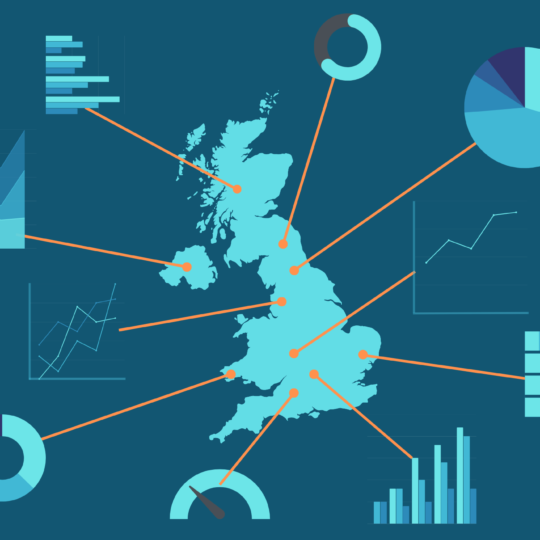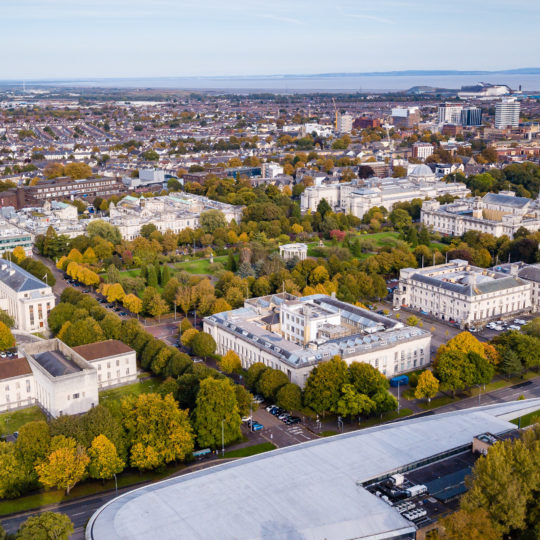
Data
Explore and download data used by the Commission for its studies, the National Infrastructure Assessment, and to measure infrastructure performance.
Skip to ContentFeatured Data
This section includes data that we would like to provide you with easy access to - it might be of current interest or it might be something we think is important. Use the arrows to cycle through the carousel.
Themes
Data plays a key role in informing the work of the Commission. Here you can browse all the data sets we have published across each area of economic infrastructure.
Explore data by theme:
Infrastructure Sectors
The Commission has six infrastructure sectors within its remit, which sit within the themes shown above. This section provides an overview of what these infrastructure sectors are, how they work for us, and where you can find more information and data.
Click on the crosses below to find out more about the infrastructure sectors.
Energy
What does it do for us?
Energy infrastructure performs the key functions of supplying electricity and gas to homes and businesses, as well as provision of fuel for cars, trains, and planes, and power to the UK’s industrial sector.
What is the infrastructure?
Energy infrastructure consists of assets that generate energy or transport it to where it will be used. It includes established generation technologies such as renewables – solar cells and wind turbines for example – and power stations that generate electricity, such as those powered by nuclear fuel or gas. It includes the network cables and pipelines that transport electricity and gas to consumers. Energy infrastructure also covers new and emerging technologies such as low carbon hydrogen production plants, electric vehicles charging networks and low carbon heating technologies such as hydrogen boilers or heat pumps.
Who pays for it?
The energy sector is privatised, and investments largely exclude government expenditure. The gas and electricity markets are regulated by Ofgem.
How can I find more data?
You can search our website using the button below, and find more data from Ofgem and the department for Business, Energy and Industrial Strategy (BEIS)
Transport
What does it do for us?
Transport infrastructure systems perform the key function of facilitating the movement of people and goods/materials. Transport infrastructure enables people and businesses to travel further for work or leisure, have greater access to a broader range of goods and services, and be able to trade within and across borders.
What is the infrastructure?
Transport infrastructure consists of assets such as: road and rail links, and hubs in the form of stations, airports and seaports. These hubs, as well as facilitating transport interchange, also offer the opportunity to provide commercial, retail and community facilities for the local area.
Who pays for it?
Most road networks in the UK are built and maintained through government expenditure. Network Rail maintains and upgrades Britain’s rail infrastructure whilst private train operating companies finance the running of trains using forms of income like passenger fares. The government also provides rail subsidies. Seaport infrastructure is owned by private companies, as is aviation infrastructure like airports and planes.
How can I find more data?
You can search our website using the button below, and find more data from the Office of Rail and Road (ORR) and the Department for Transport (DfT).
Digital
What does it do for us?
Digital communication systems enable the transmission and processing of digital information. For example, digital infrastructure enables households and businesses to access and use the internet. Whether this means watching television programmes on streaming sites or processing a company transaction; Digital infrastructure has revolutionised modern day living. It continues to do so with the emergence of new innovations, for example 5G technology which will support smart city infrastructure and industries.
What is the infrastructure?
Digital communication systems are comprised of physical telecommunications equipment and software-driven computational systems that enable the transmission, processing and storage of digital information. The underlying infrastructure consists of assets such as: copper and fibre optic cable networks, wireless base stations for satellite and mobile networks, data storage and processing centres.
Who pays for it?
The digital sector is privatised, and investments largely exclude government expenditure. The fixed and mobile network markets are regulated by Ofcom.
How can I find more data?
You can search our website using the button below, and find more data from Ofcom and the Department for Digital, Culture, Media and Sport (DCMS).
Water & Waste Water
What does it do for us?
Water infrastructure ensures that safe, clean, drinkable water is delivered to homes and businesses across the country. Wastewater infrastructure ensures the collection and treatment of wastewater before the treated residual is safely returned to the environment.
What is the infrastructure?
The water infrastructure system consists of assets such as: water abstraction sites, distribution networks, water treatment facilities and water storage sites.
The wastewater infrastructure system consists of assets such as: sewer pipes, pumping stations and treatment work facilities. The UK has a vast network of combined sewers, which means that wastewater and surface runoff are often collected by the same network.
Who pays for it?
The water & wastewater sector is privatised, and investments largely exclude government expenditure. The sector is regulated by Ofwat.
How can I find more data?
You can search our website using the button below, and find more data from Ofwat and the Department for Environment, Food & Rural Affairs.
Solid Waste
What does it do for us?
Solid waste infrastructure supports the collection, treatment and reuse or disposal of many different types of waste. Examples include hazardous waste like chemicals or solvents, recyclable waste like cardboard and plastics, and organic waste like food waste – from homes and businesses.
What is the infrastructure?
Solid waste infrastructure consists of assets such as waste collection vehicles and treatment facilities such as recycling facilities, anaerobic digesters and energy from waste plants.
Who pays for it?
Expenditure for solid waste management in England is devolved to local authorities. According to the Local Government Association, councils spend around £852m per year on waste collection. Waste collection services are funded by local government but mostly provided by the private sector.
How can I find more data?
You can search our website using the button below, and find more data from the Environment Agency and the Department for Environment, Food & Rural Affairs.
Flood Risk Management
What does it do for us?
Flood risk management infrastructure helps to mitigate the damage of potential flooding in the UK. Climate change has increased the risk of more extreme weather occurring, such as more intense heavy downpours. In 2020, for instance, the UK had its wettest day on record after Storm Alex hit, with enough rain falling to more than fill Loch Ness. These incidents are set to increase, hence the increasing need for resilient, effective flood risk management infrastructure.
What is the infrastructure?
It can take the form of hard structures and defences (e.g. dams, embankments) as well as soft ones (e.g. floodplain zoning, flood warnings and preparation).
Who pays for it?
Expenditure for flood risk management is funded via central government, primarily through grants provided by the Department for Energy, Food & Rural Affairs to the Environment Agency.
How can I find more data?
You can search our website using the button below, and find more data from the Environment Agency.
Recent Data

Historic Telecoms Datasets
Selected data on the UK's telecoms industry spanning as far back as 1851

Government Expenditure on Economic Infrastructure
Data showing past government expenditure on economic infrastructure within the scope of the Commissions fiscal remit

Infrastructure performance data
An overview of the current performance of the infrastructure sectors within the Commission's remit using interactive charts
More data




